Building number sense is one of the most important foundations for early math learning. Take your child outside and use nature to help them understand what numbers really look and feel like!
Building Math Concepts with Nature
As parents, we often focus on helping our kids count. It’s exciting when our little ones rattle off numbers in perfect order! But while counting is great, understanding what those numbers actually mean is even more important. This concept, known as number sense, is the foundation for all future math learning. It’s what turns the simple act of counting into a deeper understanding of numbers as a representation of real-world objects.
For this week’s Playful Preschool, I’m encouraging parents to step away from flashcards and bring math to life in the great outdoors. My 3-year-old can count to 10, but does he really know what 10 looks like? Can he visualize it, understand it, and apply it in different ways? That’s the power of number sense!
Why Number Sense is Key
We are working on numbers 1-10. Sure my 3 year old can count to 10, but does he really grasp the concept of WHAT the number 10 is?
This is called, number sense, and just as important as being able to count, say the number, and identify the number.
In fact, one may argue, it is the most important aspect of beginning math as it makes the concrete counting of an object into the abstract representation of that object using a numeral – 10.
Number sense isn’t just being able to say, “one, two, three…” It’s the ability to understand that numbers represent quantities. For example, if your child counts to 10, do they really grasp how much “10” is? Can they recognize 10 objects in different groups, shapes, and forms? This skill is fundamental because it connects the abstract idea of a number to concrete, real-world objects.
The earlier kids grasp this, the stronger their foundation for learning math.

Building Number Sense Through Play
Nature is full of opportunities for kids to explore math concepts! Forget about worksheets and flashcards for a moment—just grab your child and head outdoors. Use the natural environment to help your child visualize what different numbers look and feel like.
Here’s an easy activity to try:
What Does 10 Look Like?
- Gather Objects: Start by asking your child to gather 10 small objects from nature—like acorns, pinecones, pebbles, or leaves.
- Compare: Once you have your collection, compare it. For example, can 10 acorns fit in your child’s hand? What about 10 pinecones? What fills up the bucket faster—10 pine needles or 10 sticks?
- Get Moving: Turn it into a race! Who can find 10 twigs the fastest? Can you line them up or make a shape out of them? This active learning reinforces their number sense while keeping things fun and engaging.
Math Prompts to Ask Your Child…
- Will 10 acorns fit in your hand?
- Will 10 pine cones?
- What will fill this bucket – 10 pine needles or 10 sticks?
- Who can gather 10 twigs first?
- Which pile looks smaller, 10 leaves or 10 rocks?
- Here is a handful of flowers – do you think there are more than 10 here?
Now you of course don’t need to keep repeating this activity JUST with the number 10. Try it with lower numbers, like 3 or get CRAZY and go big with a number like 100!!!
You and your child may be surprised to see what 10 look like.
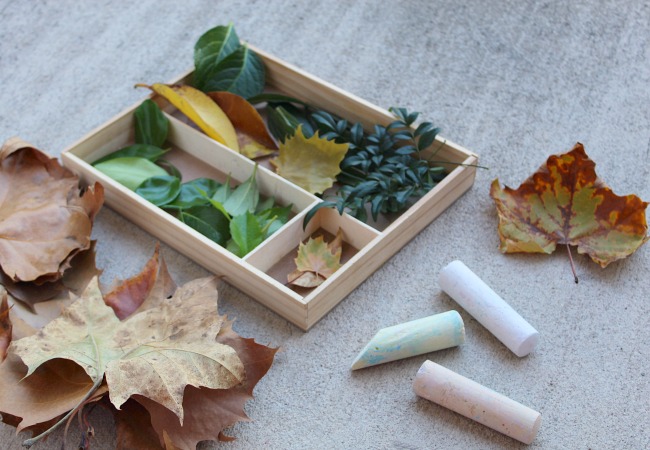
Experiment with Different Numbers
Don’t stop at 10! Try using smaller numbers like 3, or if you want to make things extra challenging, go for bigger numbers like 50 or even 100! You’ll both be surprised at how different numbers feel and look in nature.
Imagine gathering 100 leaves or trying to count 50 tiny pebbles—it’s a whole new perspective for your child. Not only does it reinforce number sense, but it also shows them that math can be part of the world around them, not just something they see on paper.
Encourage Estimation and Guessing
While gathering, encourage your child to guess before counting. For example, if you’re collecting sticks, ask, “How many sticks do you think are in this pile? Let’s count to find out!” Estimation is another vital math skill, helping children develop a sense of quantity and size without having to count each item individually.
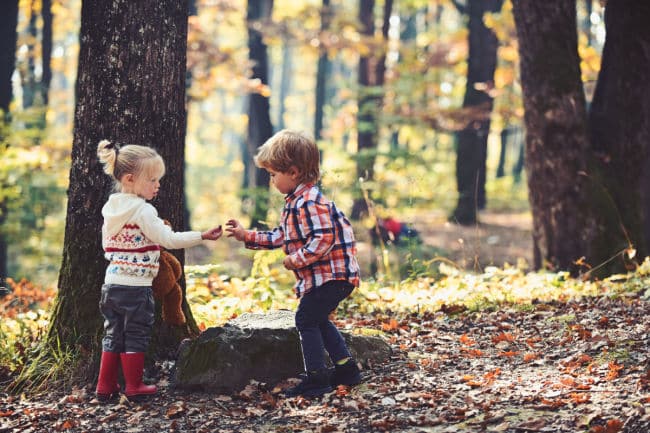
Nature Activities for kids
- Teach Tally Marks
- Chalk Numbers with Leaves
- Sand Art Project
- Making Natural Playscapes for Kids
- Building Your Child’s Imagination Outside
- Outdoor Music Ideas
- Sidewalk Chalk Activities for Kids
- The Importance of Outside Play
- Solar Energy Science Experiments
- Backyard Activities for Kids
- Exploring Nature Walking Home from School
- Nature Sensory Play Ideas
- Top Activities for Outdoor Fun
- Marble Paint with Acorns
- Math Game with Acorns
- Acorn Alphabet Sensory Jar Game
The Benefits of Outdoor Learning
When kids learn through play, especially in an outdoor setting, they are more likely to engage and absorb the concepts. Nature-based activities help develop other skills too, like problem-solving, observation, and even fine motor coordination. Plus, getting outside is a great way to break up the day and encourage physical activity.
So, next time you want to work on numbers with your child, leave the flashcards at home and explore nature’s endless possibilities for learning. You’ll be surprised at just how much math there is all around us!
Ready to get started? Head outside, and see what 10 looks like for you and your child!




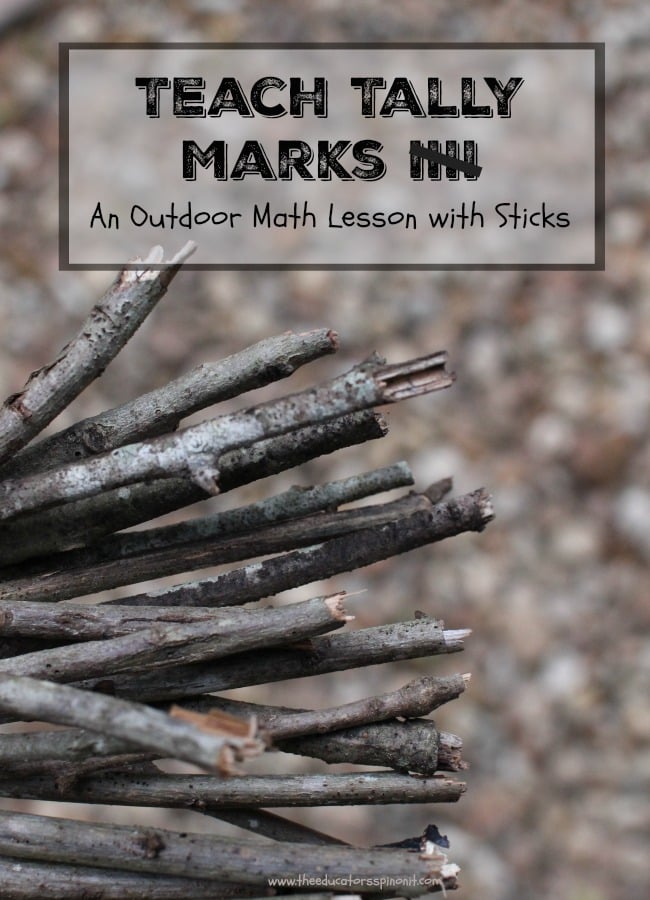
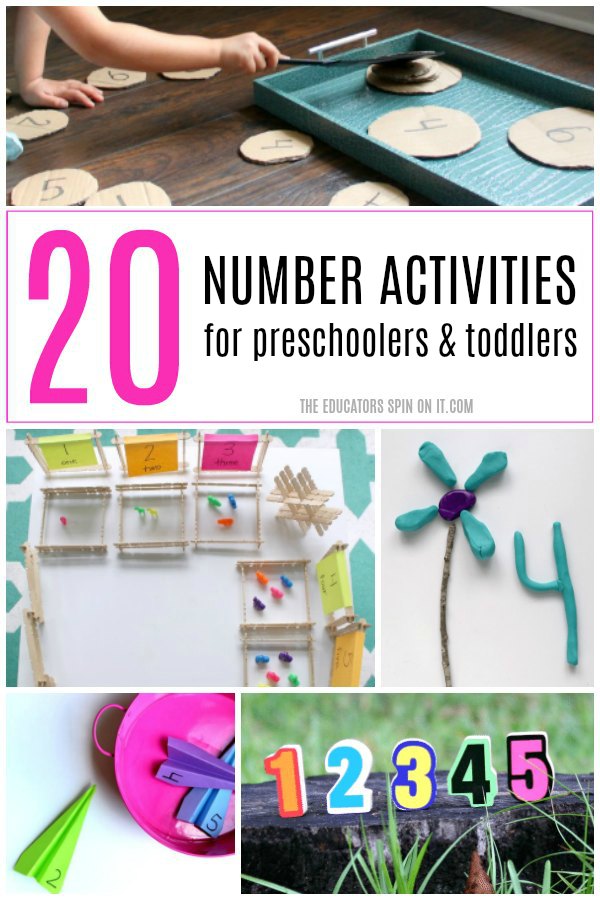

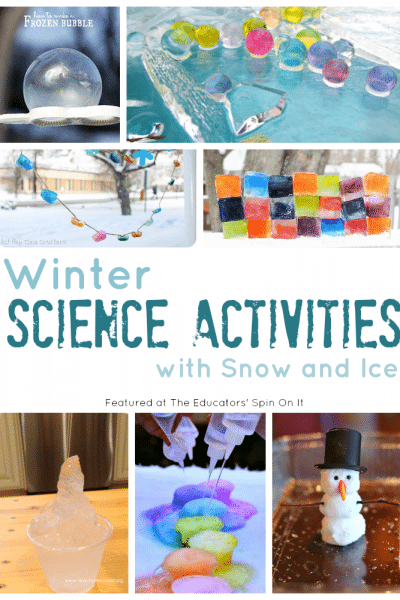

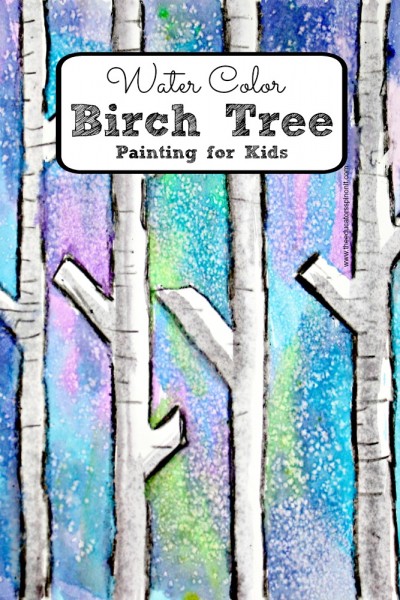
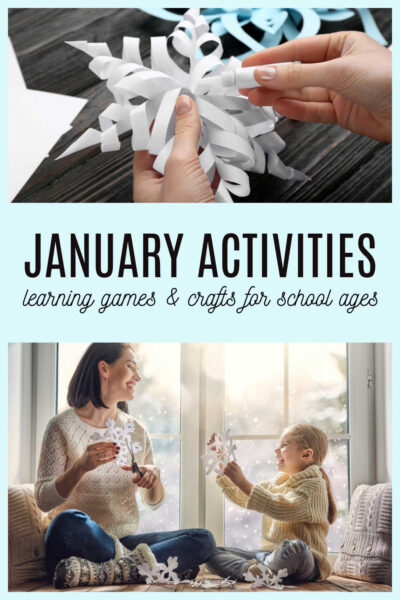

So much fun! I've featured this post on my Tuesday Tots round up today. Thanks for linking up!